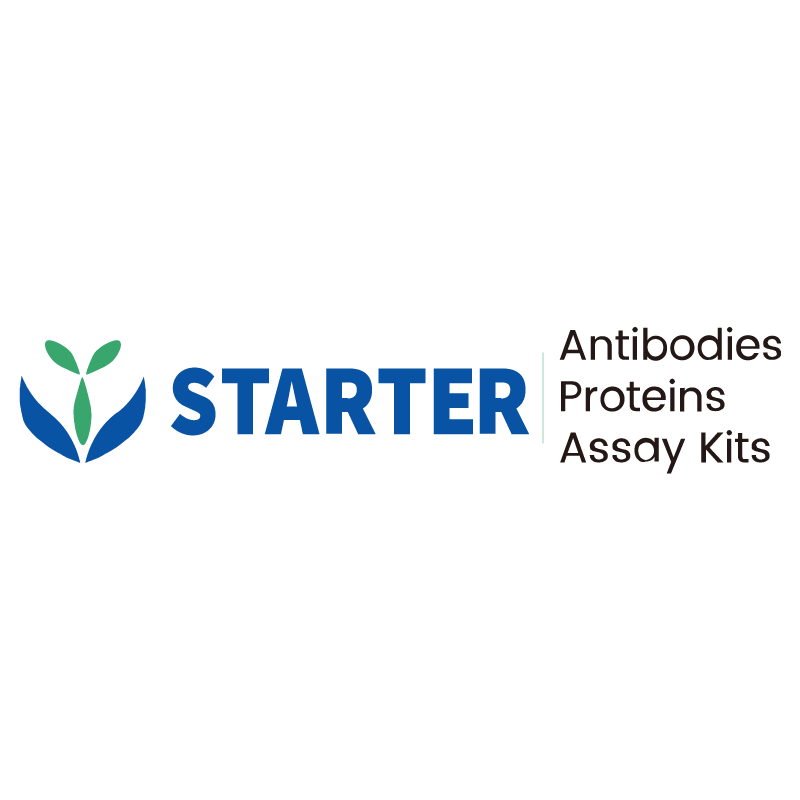Flow cytometric analysis of Neuro-2a (Mouse neuroblastoma neuroblast, left) / K562 (Human chronic myelogenous leukemia lymphoblast, right) labelling CLEC7A antibody at 1/50 dilution (1 μg) / (Red) compared with a Rabbit monoclonal IgG (Black) isotype control and an unlabelled control (cells without incubation with primary antibody and secondary antibody) (Blue). Goat Anti - Mouse IgG Alexa Fluor® 488 was used as the secondary antibody.
Negative control: Neuro-2a
Product Details
Product Details
Product Specification
| Host | Rabbit |
| Antigen | CLEC7A |
| Synonyms | C-type lectin domain family 7 member A, Beta-glucan receptor, C-type lectin superfamily member 12, Dendritic cell-associated C-type lectin 1 (DC-associated C-type lectin 1; Dectin-1), CD369, Bgr, Clecsf12, Dectin1 |
| Immunogen | Recombinant Protein |
| Location | Cell membrane |
| Accession | Q6QLQ4 |
| Clone Number | S-1043-136 |
| Antibody Type | Recombinant mAb |
| Isotype | IgG |
| Application | FCM |
| Reactivity | Ms |
| Purification | Protein A |
| Concentration | 0.5 mg/ml |
| Conjugation | Unconjugated |
| Physical Appearance | Liquid |
| Storage Buffer | PBS, 40% Glycerol, 0.05% BSA, 0.03% Proclin 300 |
| Stability & Storage | 12 months from date of receipt / reconstitution, -20 °C as supplied |
Dilution
| application | dilution | species |
| FCM | 1:50 | null |
Background
CLEC7A, also known as Dectin-1, is a type of C-type lectin receptor that is predominantly expressed on immune cells such as macrophages, dendritic cells, and neutrophils. Its primary function is to recognize pathogen-associated molecular patterns (PAMPs), such as fungal β-glucans, triggering immune responses. Upon binding to PAMPs, CLEC7A activates downstream signaling pathways that lead to the production of inflammatory cytokines and the activation of immune cells, which work together to clear pathogens and protect the body from infection. In addition to its role in pathogen recognition and clearance, CLEC7A is also involved in cell adhesion and migration, which are important for cell interactions, signal transduction, and tissue organization. Moreover, recent research has highlighted the role of CLEC7A in neurological conditions. A study published in Advanced Science suggests that CLEC7A plays a critical role in ischemic stroke by exacerbating microglia-mediated synapse elimination, indicating that it may be a potential therapeutic target for stroke treatment. Furthermore, research has shown that CLEC7A, along with TREM2, another immune receptor on microglia, can activate spleen tyrosine kinase (SYK), which is crucial for the activation of microglia into disease-associated microglia (DAM) that clear amyloid-beta (Aβ) plaques in Alzheimer's disease (AD).
Picture
Picture
FC


